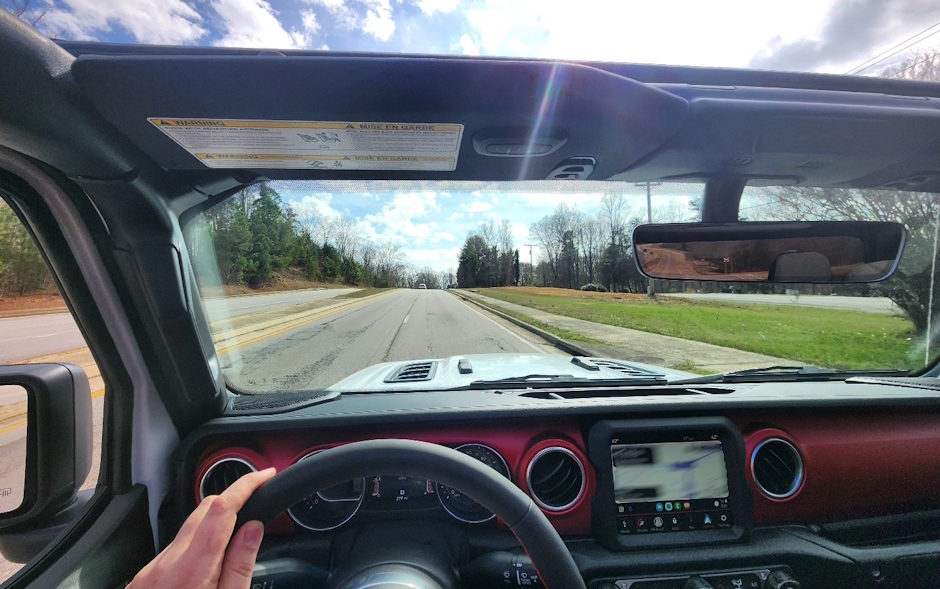I’m sure everyone at this point has heard the story of the two siblings down in Jersey who took a curve too fast in the snow, wrecked, and died. Stories like this always make me wonder how the hell I made it out of my teen years alive and with a driver’s license. Maybe the extra effort my folks put in was the difference, setting an example by always wearing a seatbelt, always driving safely when the weather wasn’t great.
I’ve pulled off some pretty dick moves in my various cars and had my share of accidents. Still, when it comes to those first few years of driving – they are the most critical for a new driver. Modern driver’s education simply is not enough, sure they give you some nifty tips and make sure you can actually drive – but short of telling you what to do in a certain situation you get no real world experience. Even those pre-licensing courses, as well as drivers safety courses which work wonders on points and insurance rates aren’t adequate IMHO.
They should work out drivers licenses like they do pilot licenses. Every driver has to achieve X number of hours behind the wheel before progressing. It wouldn’t hurt to incorporate real world practice in maintaining control of a vehicle in adverse conditions either. Lastly, they should have real world night-driving tests. Some people just stink at night driving, and it makes no sense to remove the restriction simply due to age.
If more effort was put into the process by both parents, educational institutions, and the DMV – pointless wastes of life like what took place in Jersey the other day might just be avoided.


Marlin,
Thanks for your thoughtful post on teen drivers. Parents are the key–here’s ten ways parents can crashproof their kids:
* Commit the time to helping them become safer, smarter drivers. Teens typically get 3-6 hours of behind-the-wheel instruction in driver education programs, and it takes 30-50 hours of experience just to function well in basic traffic situations. You should plan on at least 50 hours with them over a 6 to 12 month period.
* Work with your teen in increasingly complex and varied driving environments as they show confidence and competence, in this order: parking lots, residential streets, country roads, freeways and finally, busy urban streets.
* Teach them the proper response to the following hazardous driving situations: rain, ice, snow, fog, tire blow-out and loss of power steering or brakes.
* Eliminate or reduce the most dangerous driving distractions. Using a cell phone while driving is the equivalent of having a .08 blood alcohol level. Each teen passenger of a teen driver increases the crash risk by 50%.
* Teach your teen how to emergency brake and to maintain a 4 second following distance from cars in front of them.
* Improve their visual scanning skills by teaching them to focus 2 to 3 times further down the road than they normally do, and work to double their peripheral vision.
* Sign a Crashproof Contract outlining restrictions, privileges and responsibilities associated with their use of a car, with specific rewards and penalties for attaining or violating these agreements.
* Employ education, sensible restrictions and good role modeling to reduce your teen’s risk of speeding, drinking and becoming a victim of road rage.
* Put yourself in their shoes. For part of your time driving together, get behind the wheel and have your teen make suggestions and comments about your driving.
* Instill a defensive driving mindset in your teen, where they expect others to make mistakes and violate traffic laws and are prepared to deal with it when they do.
Timothy C. Smith is a Chicago-area certified driving instructor, licensed SCCA racer, father of three teens and author of Crashproof Your Kids: Make Your Teen a Safer, Smarter Driver (www.crashproofyourkids.com).